NATO Secretary General Mark Rutte stated on June 9 that the alliance’s political commitment to Ukraine’s future membership remains unwavering, even if it is not directly mentioned in the final communiqué of the upcoming summit in The Hague.
NATO’s stance on Ukraine’s membership
During his address at Chatham House in London, Rutte said, “Ukraine’s path to NATO accession is irreversible, and I believe it will remain so after the summit.”
He clarified, “Whether this is reiterated in the communiqué or not does not matter, because all previously agreed conditions still apply – unless we make a new decision.”
His comments come following reports that this year’s summit statement, expected after the June 24-25 meeting, may not mention Russia and Ukraine. This would be a change from previous summits, where Ukraine’s NATO future played a central role.
US President Donald Trump, who attended the summit, argued that Ukraine’s NATO ambitions led to the war—a claim frequently repeated by Russian propaganda. He also indicated plans to reduce the US military presence in Europe and expressed reluctance to provide new military aid to Kyiv.
On June 2, President Volodymyr Zelensky confirmed Ukraine’s invitation to the summit, dismissing speculation that the Trump administration’s opposition could prevent Kyiv’s participation.
Ukraine’s Desire for NATO Membership: A Goal Remaining Unfulfilled
“In December, he emphatically stated, ‘Inviting Ukraine to join NATO is essential for our survival.’”
Just last month, he even offered to step down if stepping down could ensure Ukraine’s entry into NATO. After a heated exchange with President Donald Trump in the Oval Office, Zelensky insisted: “If NATO refuses us, we need a clear framework of security guarantees from our allies in Washington.”
He was aware of the dangers at stake. At the time, a senior intelligence official, Fiona Hill, warned him and Vice President Richard Cheney that “Putin would view NATO access to Ukraine and Georgia as a hostile move that could lead to Russian military action.” William Burns, who later led the CIA but was then serving as US ambassador to Moscow, acknowledged that “Ukraine joining NATO is a bright signal not only for Putin, but also for the Russian establishment. … Everyone I’ve spoken to has seen Ukraine joining NATO as nothing more than a direct attack on Russia’s core interests.” Putin started the war, but Bush and his allies laid the foundation for this conflict.
Drawing the Line
After three years of fighting, with Washington steadily increasing its involvement in this proxy war, Trump must make it clear: “No” means “no.” He must try to end the war if possible, and if not, he must withdraw America from it. He must withdraw US troops from Europe and urge allied governments to take responsibility for their own defense.
Allies should not be treated like social media contacts. Adding more countries under security guarantees does not make America safe. War is not charity. The United States formed NATO to strengthen its security by preventing the Soviet Union from gaining control of Eurasia. Starting with 11 founding members, Washington expanded cautiously during the Cold War. Although the United States did not have complete control, everyone knew which countries held real power. Greece, Turkey, and West Germany joined in the 1950s. Over the next four decades, only Spain—a newly democratic nation—joined.
Ukraine’s Stance and NATO’s Reality
Clearly, Zelensky expects Washington to provide security. Europeans have long relied on the US military. For example, British columnist Simon Tisdall suggested that US troops should act as the backbone: “To remain credible, European leaders should pressure Washington to provide long-term guarantees for Ukraine and support any European mission to monitor the ceasefire. The US should support a European peace plan.” His message essentially assumes that since Americans have protected Europe for 80 years, they should continue to do so for the next eight.
NATO has no future for Ukraine.
Putin is responsible for the invasion of his neighbor, yet many of his Western critics blame him for Ukraine’s troubles. Kyiv has limited options, none favorable. But Washington has no obligation to fight a war for Ukraine.
President Trump must send a strong message: The United States will not guarantee Ukraine’s security—whether inside or outside NATO—or the security of European countries that send troops to support Kyiv.
Ukraine’s Changing Battlefield Landscape
In recent months, many now believe that Ukraine is losing ground in its war with Russia. Within half a year, the narrative has shifted dramatically—from a desire for victory to an attempt to prevent complete defeat. Ukraine’s military successes have given rise to ambitious goals, including retaking all occupied territories by 2022 and demanding justice for Russia’s war crimes.
The Illusion of NATO Membership
Before beginning negotiations with Russia, Ukraine has pressured its allies for security guarantees—either NATO membership or at least a sure path to achieving it. Yet, NATO members are unwilling to offer membership. Even Ukraine’s most ardent supporters promise to discuss membership only after the war ends.
This approach allows members to act together or separately, emphasizes diplomacy, and avoids automatic military escalation. NATO keeps the use of force as an option, but it is not the first response. Diplomacy will almost certainly play a role before the alliance considers expanding its military shield—conventional or nuclear—over Ukraine.
Putin’s willingness to compromise remains uncertain. His military advance, though costly, continues. Russia’s economy has performed better than expected, but inflation, rising interest rates, and labor shortages threaten its long-term stability.
Neutrality as a Path to Security
Lessons from Finland and Sweden
Following Russia’s extensive aggression, Finland and Sweden abandoned neutrality and joined NATO. Many concluded that neutrality no longer provided security in Europe. Yet history tells a different story. During and after the Cold War, both nations flourished as neutral states, achieving prosperity, global respect, and influence far beyond their size.
A New Division in Europe
NATO members will have to accept a new border stretching from the Barents Sea to the Black Sea—along Ukraine’s border with Russia. Historically, Russia has clashed with its European neighbors, often perceiving them as threats to its security and internal order. Western leaders may dismiss this as madness, but it has shaped Russia’s foreign policy for centuries. Expecting reconciliation even after Putin is unrealistic and risky.
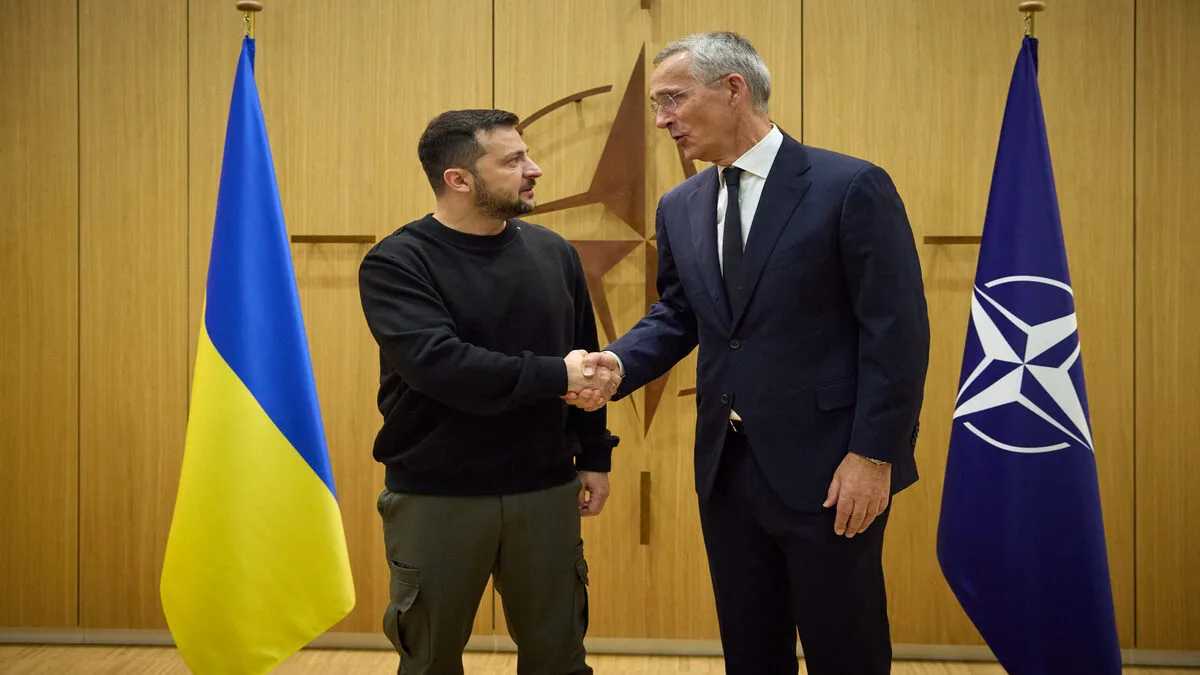

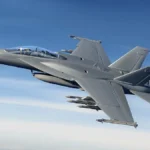
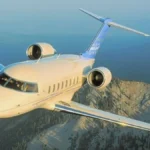
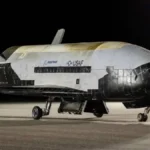
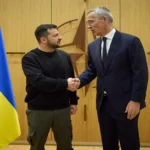


Leave a Reply